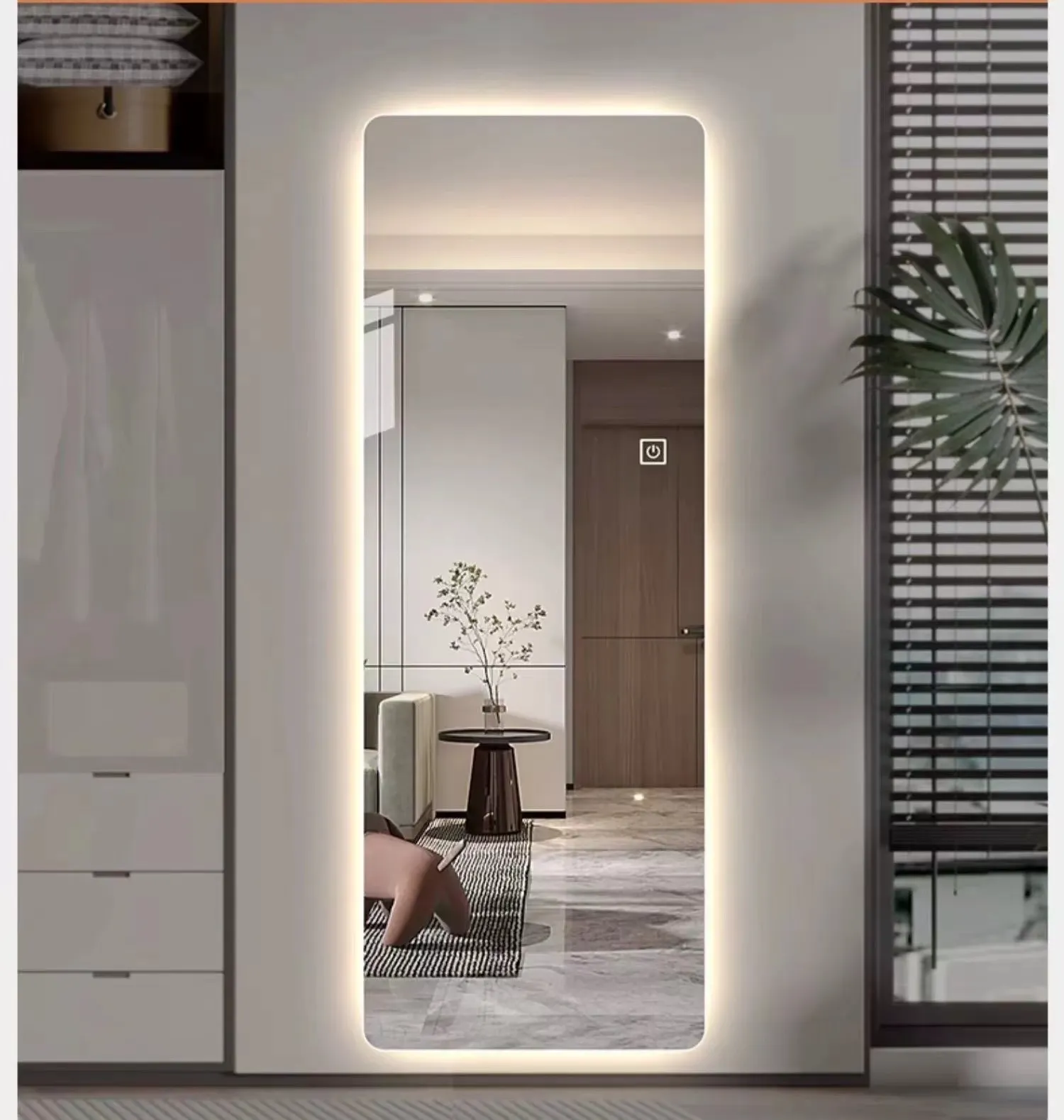

The Importance of Float Glass in Modern Architecture
Float glass, a fundamental material in the building industry, has revolutionized architecture and construction since its introduction in the mid-20th century. This method of glassmaking has not only streamlined production but has also significantly improved the quality and potential applications of glass in buildings, vehicles, and many other areas. This article delves into the production process, properties, applications, and future of float glass.
What is Float Glass?
Float glass is produced using a process developed by Sir Alastair Pilkington in 1952. The method involves melting raw materials such as silica sand, sodium carbonate, and limestone at high temperatures to form molten glass. This molten glass is then poured onto a bed of molten tin, which allows it to spread and flatten, forming a smooth, uniform sheet. The resulting glass is typically very flat, with excellent optical clarity and minimal surface imperfections.
Properties of Float Glass
The advantageous properties of float glass contribute to its popularity in both commercial and residential constructions. One of the key characteristics of float glass is its clarity, allowing high levels of natural light to penetrate spaces, thereby reducing the need for artificial lighting. Moreover, float glass can be manufactured in various thicknesses and sizes, providing architects and designers with flexibility in their projects.
Float glass also plays a vital role in energy efficiency. When treated with low-emissivity (Low-E) coatings, float glass can reflect heat back into buildings during the winter while keeping it out during the summer. This property aids in maintaining comfortable indoor temperatures and can lead to considerable energy savings.
Additionally, float glass is highly durable and resistant to weathering, which makes it suitable for both indoor and outdoor applications. Its resilience against impact and scratches further enhances its utility in high-traffic areas.
Applications in Architecture

The widespread use of float glass in modern architecture can be attributed to its aesthetic appeal and functional benefits. It is commonly used in windows, facades, and curtain walls, allowing for seamless integration of natural light and outdoor views into interior spaces. Such designs can enhance the beauty of a building while promoting a sense of openness and connectivity with nature.
In addition to traditional applications, float glass has become increasingly popular in innovative architectural features such as glass staircases, balustrades, and skylights. These elements not only serve functional purposes but also contribute to the overall design language of a building.
Moreover, with advancements in technology, float glass can now be treated with various coatings and films to improve its performance. For instance, reflective coatings can be added to minimize glare and enhance privacy, while tinted glass can help reduce solar heat gain.
Future Trends and Innovations
As sustainability becomes a crucial consideration in construction, the float glass industry is also adapting to meet the demands for greener building practices. The development of recycled glass and energy-efficient manufacturing processes is paving the way for more environmentally friendly float glass products. Additionally, innovations in smart glass technologies, which can change properties in response to environmental factors, present exciting possibilities for future applications.
The integration of float glass with smart building technologies can lead to dynamic structures that optimize energy use and indoor comfort. For example, electrochromic glass can adjust its tint based on sunlight levels, thus reducing reliance on air conditioning and artificial lighting.
Conclusion
Float glass remains an essential component of modern architecture, offering a blend of aesthetic appeal, energy efficiency, and versatility. Its manufacturing process has set a high standard for glass production, while ongoing innovations continue to expand its applications. As architects and builders strive for sustainability and energy efficiency, float glass will undoubtedly play a vital role in shaping the buildings of the future. The continued evolution of this remarkable material promises to revolutionize not just the construction industry, but the way we experience spaces every day.